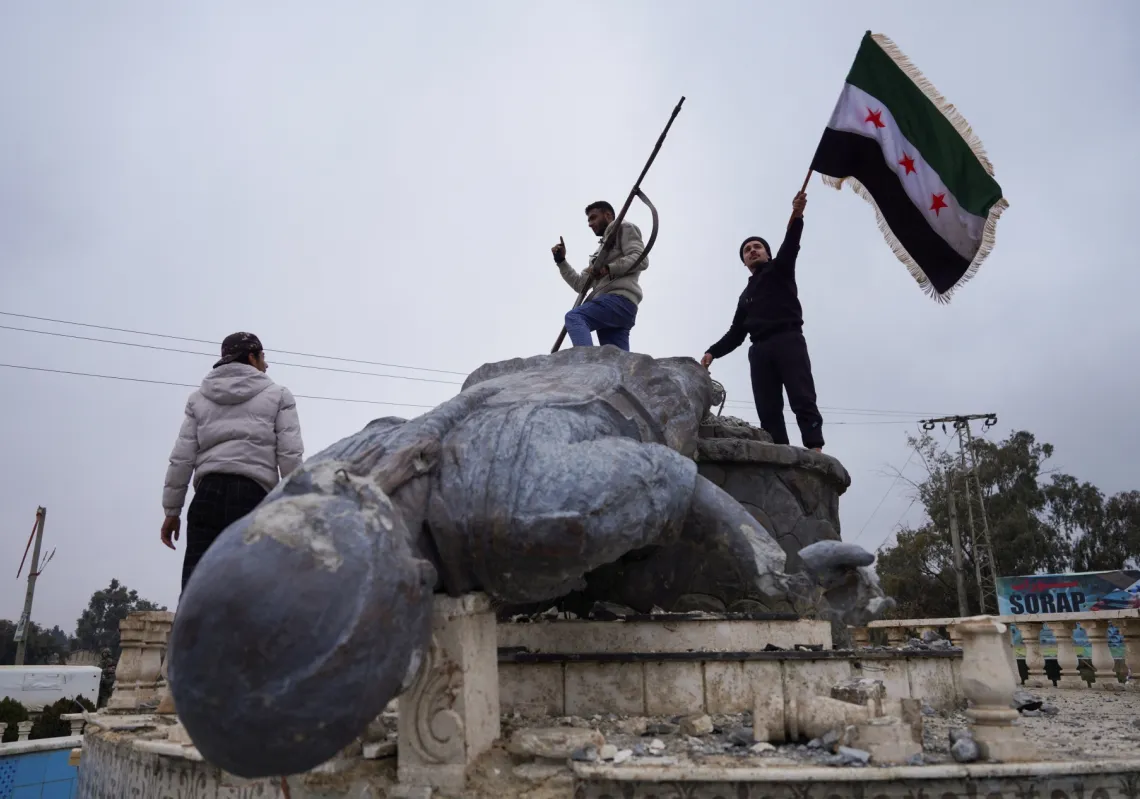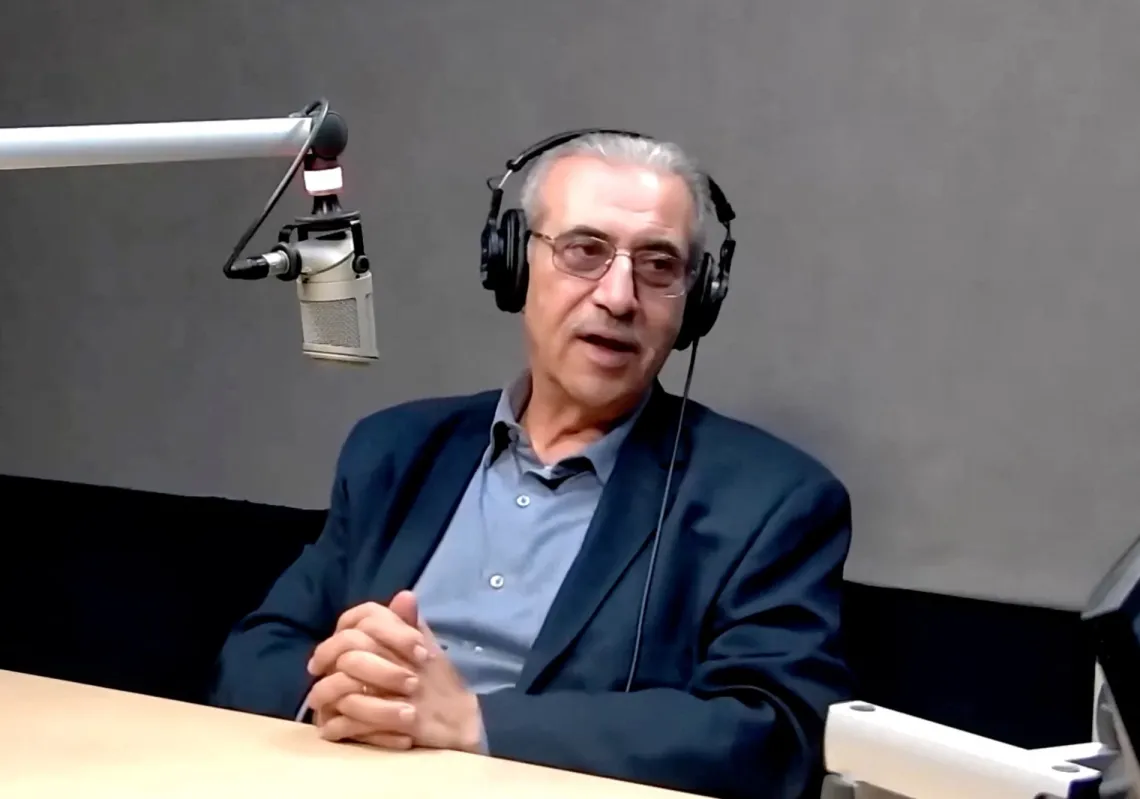In a long, horizontal cave in a volcanic region in north-west Saudi Arabia, scientists and archaeologists have been learning about the past.
The recent publication of a scientific paper sheds light on discoveries made in and around Umm Jirsan Cave, 125km north of Medina. Specifically, it offers the first evidence that humans lived in the cave, if only temporarily.
Almost 1,500m in length, the cave is a lava tube, the longest in the Arabian Peninsula. Passages through it vary from 8m to 12m in height, and up to 45m in width.
A lava tube is formed by flowing lava from a volcanic vent. As it flows, it thickens overhead and forms a hard crust that acts like a roof over the still-flowing lava stream underneath. When that stream empties, it leaves a cave. Those caves leave clues.
Building knowledge
Recent archaeological research in Arabia has focused on how humans evolved in the region, including their changing cultures, migration, and ways they adapted to evolving landscapes and weather patterns.
Early research in this area found instruments such as flint scrapers, blades, grinding stones, and T-shaped notched tools, while aerial and remote sensing work showed hundreds of structures that are still being mapped.

But without excavations and scientific dating, the picture remained incomplete, and the past of this region has remained something of a mystery. In part, that is because in arid environments like this, organic remains are so seldom preserved.
In underground settings, however, like caves and lava tubes (which are prevalent in Arabia, and which have not yet been comprehensively studied), organic remains stand a far better chance of preservation, so caves like this can offer the chance to gain those missing insights.
Revealing life
The team that undertook the excavations and scientific dating around Umm Jirsan was led by Matthew Stewart of the Australian Research Centre for Human Evolution at Griffith University in Brisbane, Australia.
It was funded the Saudi Commission for Tourism and National Heritage (SCTH) and the Max Planck Society.














